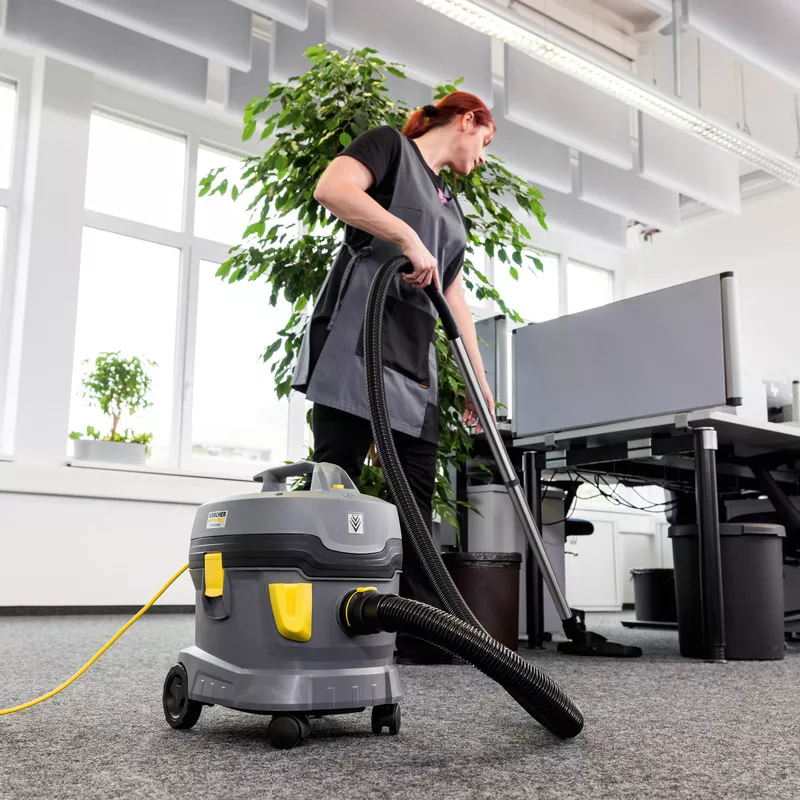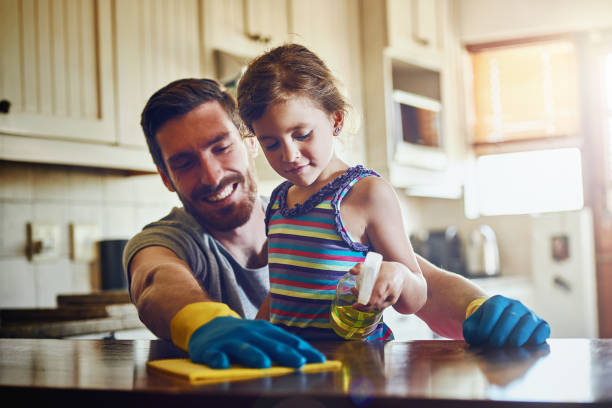The maintenance of cleanliness and hygiene in high-security building poses a number of unique challenges. These buildings, whether they are government offices, corporate headquarters or research institutes, require the highest level of security and privacy, as well as meticulous cleaning and maintenance.
This article will explore the necessary protocols and practices for commercial cleaning within high-security environments.
Employee Screening and Training
Recruitment and training of cleaning staff is the foundation for cleaning high-security buildings. This can include background checks, references verifications and security clearances among other things. These positions should only be filled by individuals who have a perfect record.
It’s best to hire Commercial Cleaners in Auckland. Ceiling cleaning Auckland and similar companies ensure that all their employees are thoroughly vetted, trained, and have the proper qualifications to deliver excellent services.
These employees will need to be trained in security protocols, confidentiality agreements and building specific requirements.
Access Control and Limited Entrance
In high-security building, controlling access is essential. Cleaning staff should only be allowed access to areas that are authorised. Install electronic key cards, scans of biometrics or other access control methods to ensure only authorized personnel can enter restricted areas and the premises. This will reduce the chance of unauthorised people gaining access.
Supervision and monitoring
Cleaning activities should be closely supervised to maintain a high security level, regardless of who performs them. Building or company managers can designate dedicated supervisors or security liaisons to supervise cleaning staff, and ensure that they adhere strictly to security protocols. You can also use surveillance cameras to monitor the cleaning staff in real-time.
Cleanliness Schedules
The strict adherence of cleaning schedules is one of the most important aspects of cleaning high security buildings. To minimise disruption, the times must be coordinated carefully with security staff shifts. Cleaning during “quiet times” may be another good idea. Building managers can reduce security interference by cleaning after hours.
Specialised Equipment and Tools
The cleaning staff of high-security building should have specialized tools and equipment that are tailored to the specific requirements of the environment. Cleaning products used in these sensitive areas must also be approved to avoid chemical interference.
Waste Management
In high-security building cleaning, the safe disposal of waste is essential. This includes sensitive documents and materials. To protect against unauthorised access, shredders or secure waste containers are a must.
Communication and Emergency Protocols
It is essential that cleaning staff, security staff and management establish secure channels of communication to maintain privacy and security. Cleaning personnel should also be trained on emergency response procedures. Develop lockdown or emergency protocols, in particular, to ensure the staff is able to act quickly and appropriately when faced with critical situations.
Confidentiality agreements
All staff members should sign confidentiality agreements before beginning any cleaning procedures. These agreements legally bind the staff to protect sensitive data encountered in their work. These agreements are legally binding and any violation can have severe consequences.
Conduct inspections and audits
Regular audits and inspections should be conducted to verify that the security protocols and cleaning procedures are being followed. These checks can help to identify areas for improvement or issues.
Provide Supervisory Access
In order to ensure security, cleaning staff should be able to communicate with persons in authority in the event of an emergency. Assign an internal supervisor or manager to act as a liaison with the cleaning team. It is important to coordinate between the cleaning supervisors, and security teams in order to respond quickly and effectively.
Access Records
Maintaining detailed records about the cleaning staff’s work schedule and location is essential. It is important to keep detailed records of when and where cleaning staff are working. Create a protocol for reporting incidents so that all issues can be dealt with through the proper channels.
Security Drills
Cleaning staff should be included in periodic security drills to test their reaction to security incidents. These drills prepare staff for possible emergencies and reinforce security procedures prior to, during and after cleaning.
Continual Training
Security threats are constantly evolving due to technology and other factors. Protocols must be updated accordingly. It is important to train cleaning staff regularly in order to stay up-to date with the most recent security practices and requirements. It also reinforces the importance that cleaning has in ensuring security.
Cleaning high-security building is a complex task that requires a delicate balance to maintain security and hygiene. These strict protocols, which include personnel screening, training, specialized equipment, emergency procedures and waste management, are essential to ensure that security is not compromised by cleanliness. Collaboration between building managers, security personnel and cleaning staff are key factors in achieving this delicate equilibrium and protecting the integrity of high-security buildings.



